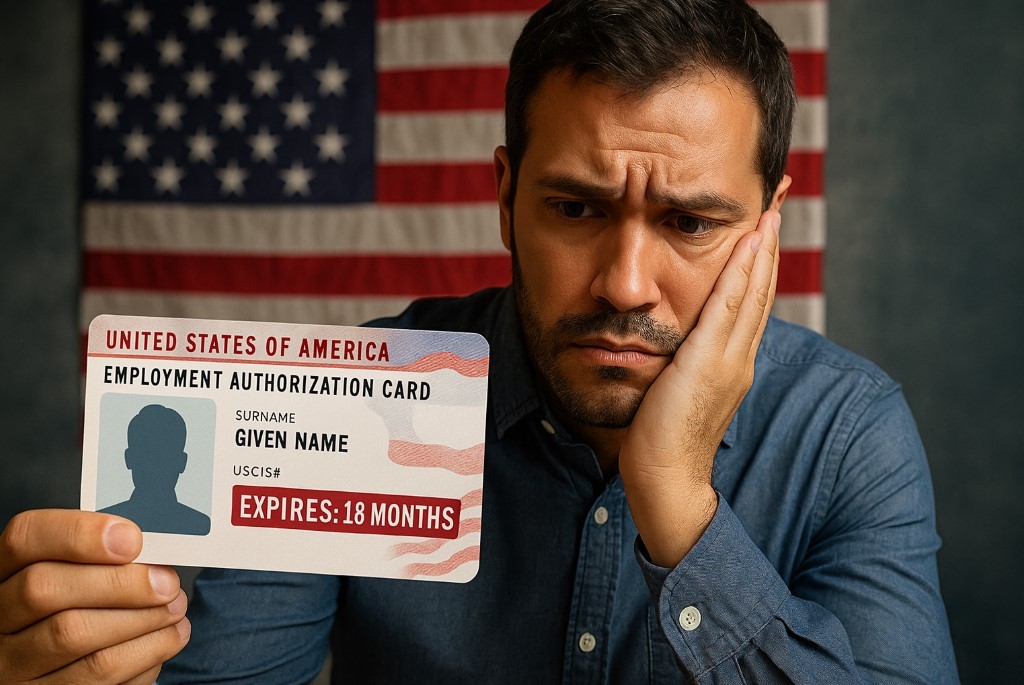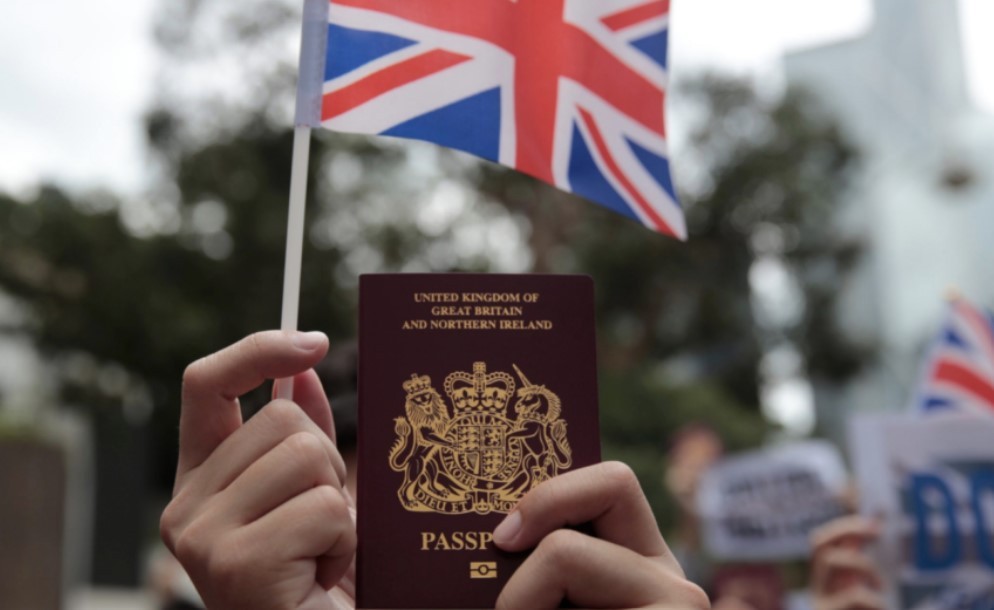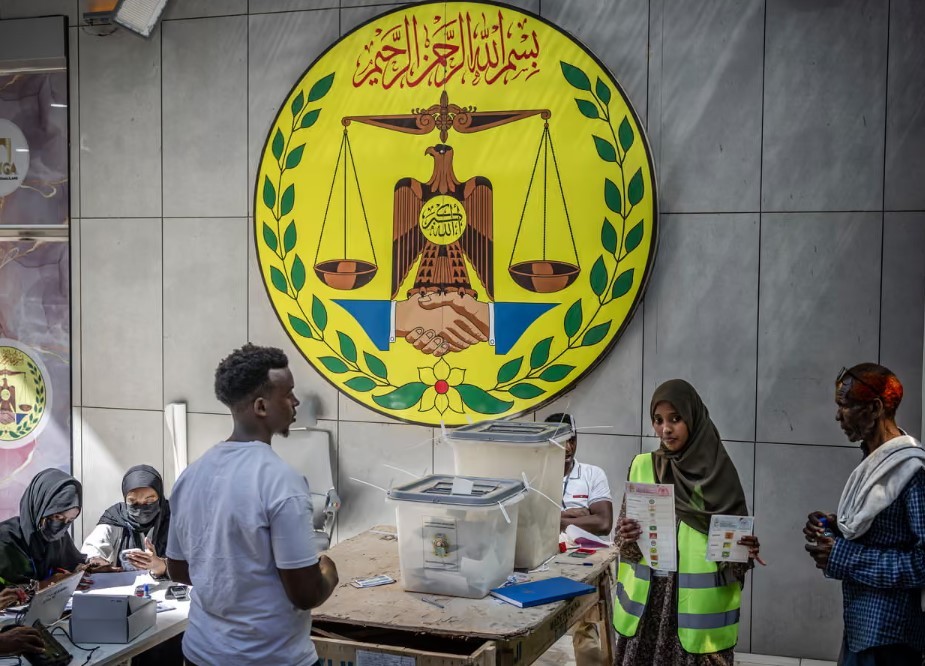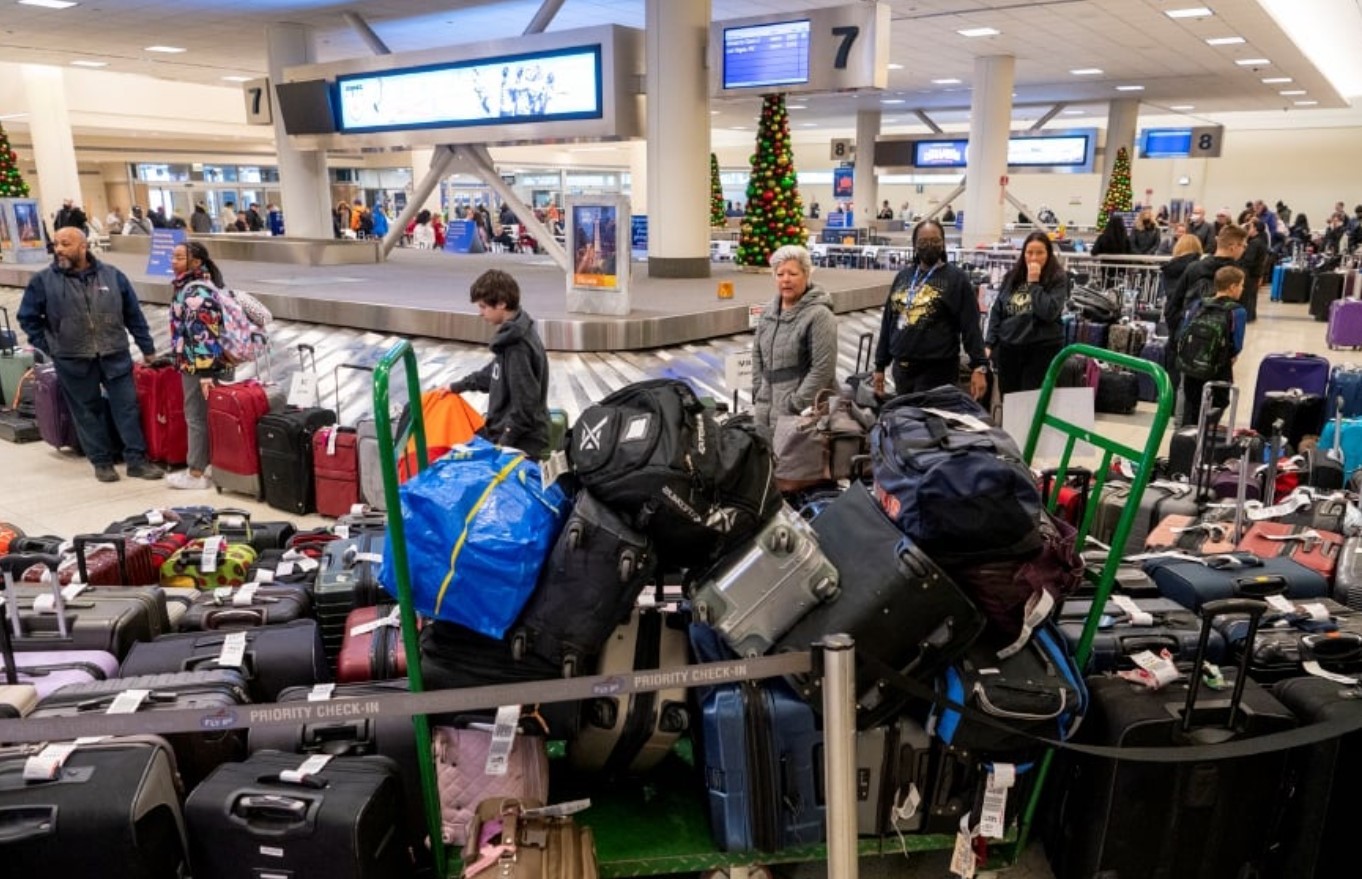Permanent Residents in the US: Rights, Responsibilities, Limitations And Green Card
| Summary |
To determine the current number of lawful permanent residents (LPRs) in the United States, we need to refer to the latest statistics available from U.S. governmental agencies such as the Department of Homeland Security (DHS) and the U.S. Citizenship and Immigration Services (USCIS). These agencies periodically publish data on immigration, including the number of LPRs.
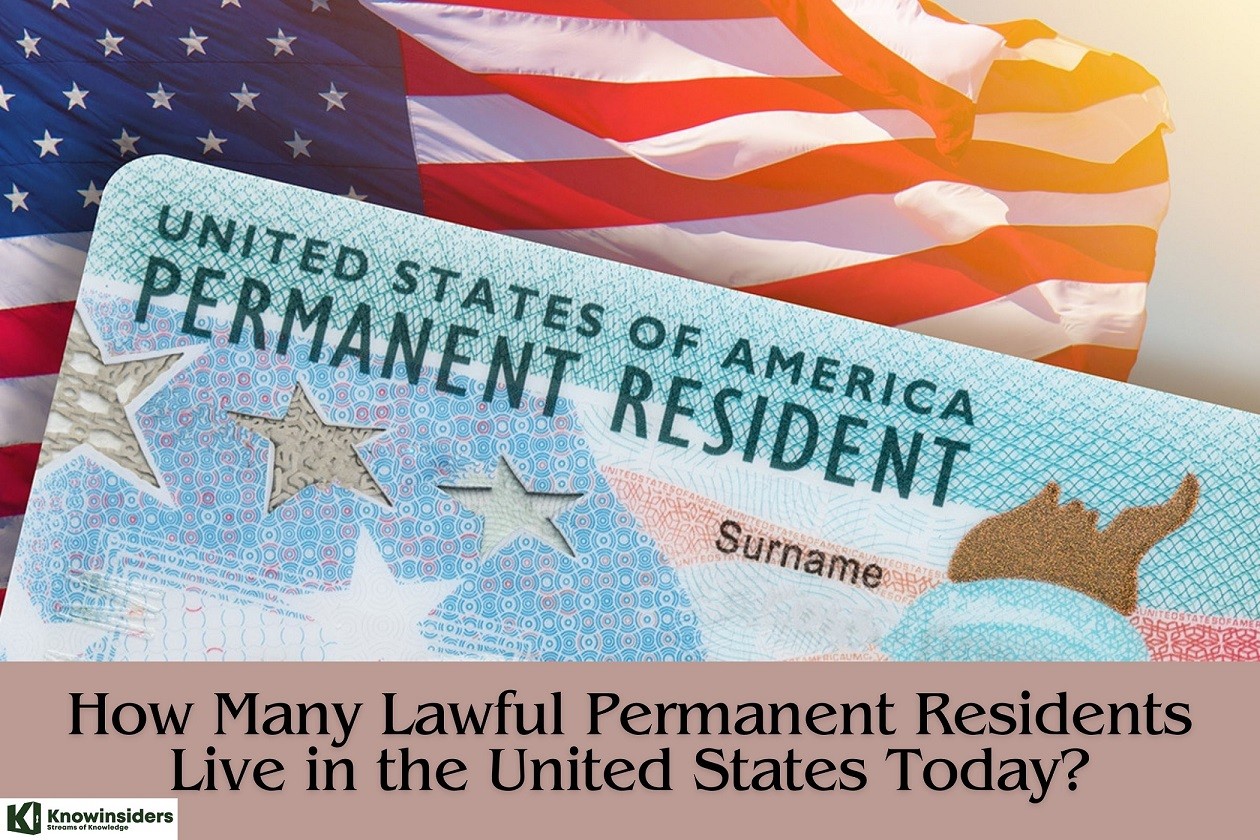 |
| How Many Lawful Permanent Residents Live in the United States Today? |
What Is a Permanent Resident?
A permanent resident is an individual who has been granted the right to live permanently in a country where they are not a citizen. In the context of the United States, this status is commonly referred to as having a "Green Card," which legally allows the person to reside and work in the U.S. indefinitely, though they remain a citizen of another country. Here are key aspects of permanent residency, particularly in the U.S.:
Rights of Permanent Residents
Residence: Permanent residents can live anywhere within the United States.
Employment: They have the right to work in any job that does not expressly require U.S. citizenship, excluding most federal jobs which are often restricted to U.S. citizens.
Protection Under the Law: Permanent residents are protected by all laws of the United States, the states, and localities.
Education: They have access to public education and can also attend college at rates often lower than international student tuition.
Social Services: Eligible to receive certain social benefits, including social security benefits accumulated through U.S. employment.
Responsibilities of Permanent Residents
Obey All Laws: Like all residents, they must abide by all laws at the federal, state, and local levels.
File Income Taxes: They are required to file income tax returns and report their income to the U.S. Internal Revenue Service and state taxing authorities.
Support Democratic Government: They must show support for the democratic form of government and cannot attempt to change the government through illegal means.
Selective Service Registration: Male permanent residents between the ages of 18 and 25 are required to register with the Selective Service System.
Limitations of Permanent Residents
No Vote: Permanent residents cannot vote in federal elections and in most state and local elections.
No U.S. Passport: They cannot obtain a U.S. passport.
Travel Restrictions: They may travel outside the U.S. but must not remain abroad for periods typically longer than one year without obtaining a reentry permit to avoid losing their status.
Deportability: Under certain conditions, such as committing serious crimes or failing to comply with immigration regulations, a permanent resident can be deported.
What is a Green Card?A "Green Card," officially known as a Permanent Resident Card, is a document issued by the U.S. government to non-citizens that grants them authorization to live and work on a permanent basis in the United States. The card itself is plastic, similar in size and shape to a credit card, and is indeed green in color, which is where the nickname "Green Card" comes from. The card itself contains various pieces of information about the holder, including their name, photo, and fingerprint, along with an identification number and the card’s expiration date. This helps in both identifying the holder and ensuring that they can prove their status easily when necessary, such as when seeking employment or interacting with law enforcement. Overall, the Green Card is a crucial document for immigrants who wish to establish a long-term or permanent residence in the U.S., offering a range of opportunities and imposing specific legal responsibilities. |
How Many Lawful Permanent Residents Live in the United States Today?
As of the most recent reports:
• Total Number: The precise figure of lawful permanent residents varies every year as a result of new admissions and adjustments made by individuals who are becoming citizens. According to recent estimates, the number of LPRs in the US is estimated to be around 13 million.
• Annual Admissions: Each year, the United States admits between 700,000 to 1,200,000 new LPRs. These figures include new arrivals and status adjustments for those already in the U.S.
Composition and Trends
The composition of LPRs in the U.S. includes a diverse array of nationalities, with significant numbers coming from countries like Mexico, China, India, and the Philippines. The reasons for obtaining LPR status vary, including family reunification, employment opportunities, and refugee or asylee status adjustments.
Country of Origin
• Top Source Countries: Historically, the majority of LPRs come from a handful of countries. Mexico has consistently been the leading source of LPRs, followed by other countries such as China, India, the Philippines, and Cuba. The specific rankings can fluctuate annually based on changes in U.S. immigration policy and global migration trends.
• Diversity Lottery: Each year, the Diversity Visa Lottery Program adds to the mix by allowing immigrants from countries with low rates of immigration to the U.S. to obtain resident status, diversifying the pool of LPRs.
Age, Gender, and Demographics
• Age Distribution: The age distribution of LPRs is generally younger than the native-born U.S. population, with a substantial proportion in the working-age group of 18-45 years.
• Gender Balance: The gender distribution among LPRs tends to be fairly balanced, though this can vary significantly by country of origin and immigrant category.
• Educational Levels: LPRs display a wide range of educational backgrounds, with recent trends showing a significant number of highly educated individuals among employment-based immigrants.
Reasons for Immigration
 |
| Permanent Residents in US |
• Family-Based Immigration: This is the most common pathway, where U.S. citizens and current LPRs can sponsor close family members, such as spouses, children, and siblings, to become permanent residents.
• Employment-Based Immigration: The second largest category includes individuals who are sponsored by U.S. employers for their skills and talents. This category also includes investors who can enter the U.S. through the EB-5 visa program by making significant investments in U.S. enterprises.
• Refugees and Asylees: Individuals who have been granted asylum or refugee status due to persecution or fear of persecution in their home country can adjust their status to become LPRs after certain conditions are met.
Path to Citizenship: How to Obtain a Green Card
A person who has lived in the U.S. permanently for five years (or three years if they are married to a U.S. citizen) can usually apply for citizenship through a process called naturalization. To do this, you must show that you are loyal to the principles of the U.S. Constitution and know how to speak English. You must also know about U.S. history and government.
So, permanent residency is a stable way for non-citizens to live and work in the U.S. while still having ties to their home country. However, it comes with different duties and restrictions than U.S. citizenship.
There are several ways to get a Green Card, such as:
Family Sponsorship: U.S. citizens and current Green Card holders can sponsor certain family members for permanent residency.
Employment-Based Routes: Individuals may be sponsored by U.S. employers. Others may qualify through investment (via the EB-5 program) or through special categories of jobs.
Diversity Lottery: The U.S. conducts an annual lottery to issue Green Cards to individuals from countries with historically low rates of immigration to the United States.
Refugee or Asylee Status: Those granted asylum or refugee status can apply for a Green Card after one year of being in such status.
Green Card: Costs
The cost of obtaining a Green Card in the United States can vary depending on the method of application and individual circumstances. Here are the general costs associated with the different stages and types of Green Card applications:
Basic Application Fees
• Filing an Adjustment of Status (Form I-485): Depending on the complexity of their case and the attorney's professional fees, applicants should budget a significant amount extra for the services of an immigration lawyer. Legal fees can reach the tens of thousands of dollars in more complex cases.
• Consular Processing: If applying from outside the United States, the processing fee is generally $325, paid to the Department of State. This is part of the immigrant visa application process.
Additional Costs
• Biometrics Fee: Applicants are generally required to pay a $85 biometrics fee for fingerprinting and photo services. This fee is added to the application or adjustment request.
• Medical Examination: All Green Card applicants must undergo a medical examination by a government-approved physician. Costs vary by location and doctor but typically range from $100 to $500.
• Legal Fees: The additional costs that applicants should anticipate paying for the services of an immigration lawyer can vary greatly based on the intricacy of the case and the lawyer's professional rates. For more complicated cases, legal fees can run into the tens of thousands of dollars.
Specific Visa Category Fees
Family-Based Applications: If a U.S. citizen or permanent resident is sponsoring a relative, the sponsor must file Form I-130 (Petition for Alien Relative), which has a filing fee of $535.
Employment-Based Applications: Employers filing on behalf of a candidate must pay various fees depending on the visa type, including processing fees for the petition (Form I-140), which costs $700.
Diversity Visa Lottery: The standard consular processing fees and other related costs will be incurred by winners of the Diversity Visa Lottery if they choose to proceed with the visa application, even though they are not required to pay for it.
Special Cases
Refugees and Asylees: Individuals adjusting status from refugee or asylee status are not required to pay the application fee for Form I-485.
Special Immigrant Juveniles and Victims of Abuse (VAWA): These categories are exempt from the Form I-485 application fee.
It's important for applicants to check the latest fee schedule on the U.S. Citizenship and Immigration Services (USCIS) website or consult with an immigration attorney to
Challenges and Policy Discussions
LPRs face many problems, such as having to wait a long time for their visas to be processed and not being able to travel outside of the U.S. without putting their status at risk. Policy discussions often center on how to speed up the process for LPRs to become citizens, cut down on wait times, and better integrate immigrants into American society.
Conclusion
The composition and trends of lawful permanent residents in the United States are subject to constant change, influenced by a multifaceted interaction of global factors, policy choices made by the United States, and individual situations.
A comprehensive comprehension of these factors is imperative for the formulation of efficacious immigration policy and integration strategies.
FAQs1. As a permanent resident, are you allowed to travel abroad?A permanent resident can visit other countries, but they need to show a valid alien registration card when they come back. A permanent resident should also bring a valid passport from another country with them when they travel. If you want to come back to the U.S., you will be turned away for the same reasons you were turned away when you were granted permanent resident status. These include health concerns, certain crimes, terrorism, national security, public charges, willful misrepresentation, and false claims to U.S. citizenship. 2. Is voting in US elections permitted?No, only American citizens are able to cast ballots in elections. 3. What should you do if your green card expires?You may request a renewal of your alien registration card by submitting Form I-90 (application to replace permanent resident card) up to six months before the card's expiration date. To learn more, go to the USCIS website. Form I-751 (petition to remove the conditions on residence) must be used if you are a conditional permanent resident. |
 How to Boil Chicken Without Water, But with Salt, Lime Leaves, Lemongrass, Onions How to Boil Chicken Without Water, But with Salt, Lime Leaves, Lemongrass, Onions There are numerous methods for boiling chicken. According to Vietnamese, KnowInsiders.com explains how to boil oysters without using water, but with salt, lemongrass, lime leaves, ... |
 How Much Does It Cost To Raise a Child in the U.S Today? How Much Does It Cost To Raise a Child in the U.S Today? Raising a child involves various stages and aspects, each with its own set of costs and considerations. Here's an exploration of the financial implications of ... |
 How Many Homeless People Are There in the US Today? How Many Homeless People Are There in the US Today? Homelessness in the United States has undergone significant changes over the past decade, influenced by economic fluctuations, policy changes, and societal shifts. Understanding these trends ... |
 How Many People Live in Poverty In the US Today? How Many People Live in Poverty In the US Today? As of the latest reports, about 37 million Americans live in poverty, representing approximately 11.4% of the population. This figure underscores the significant number of ... |

